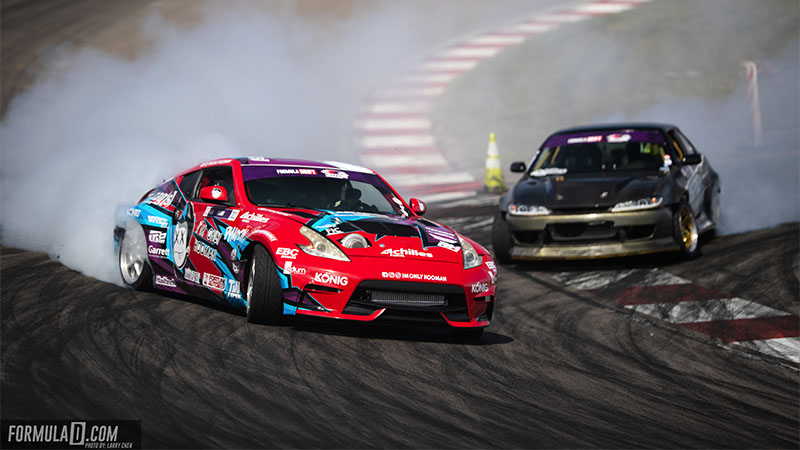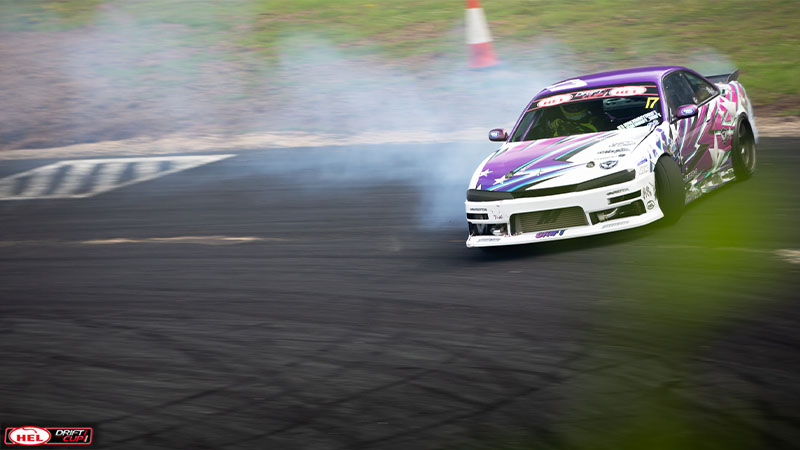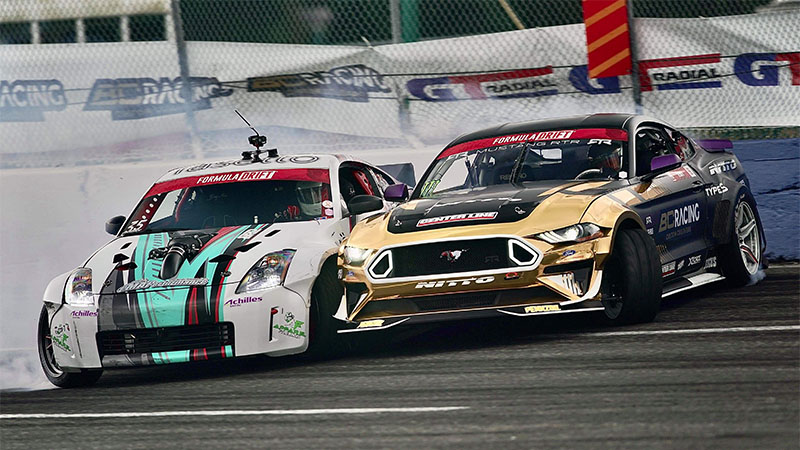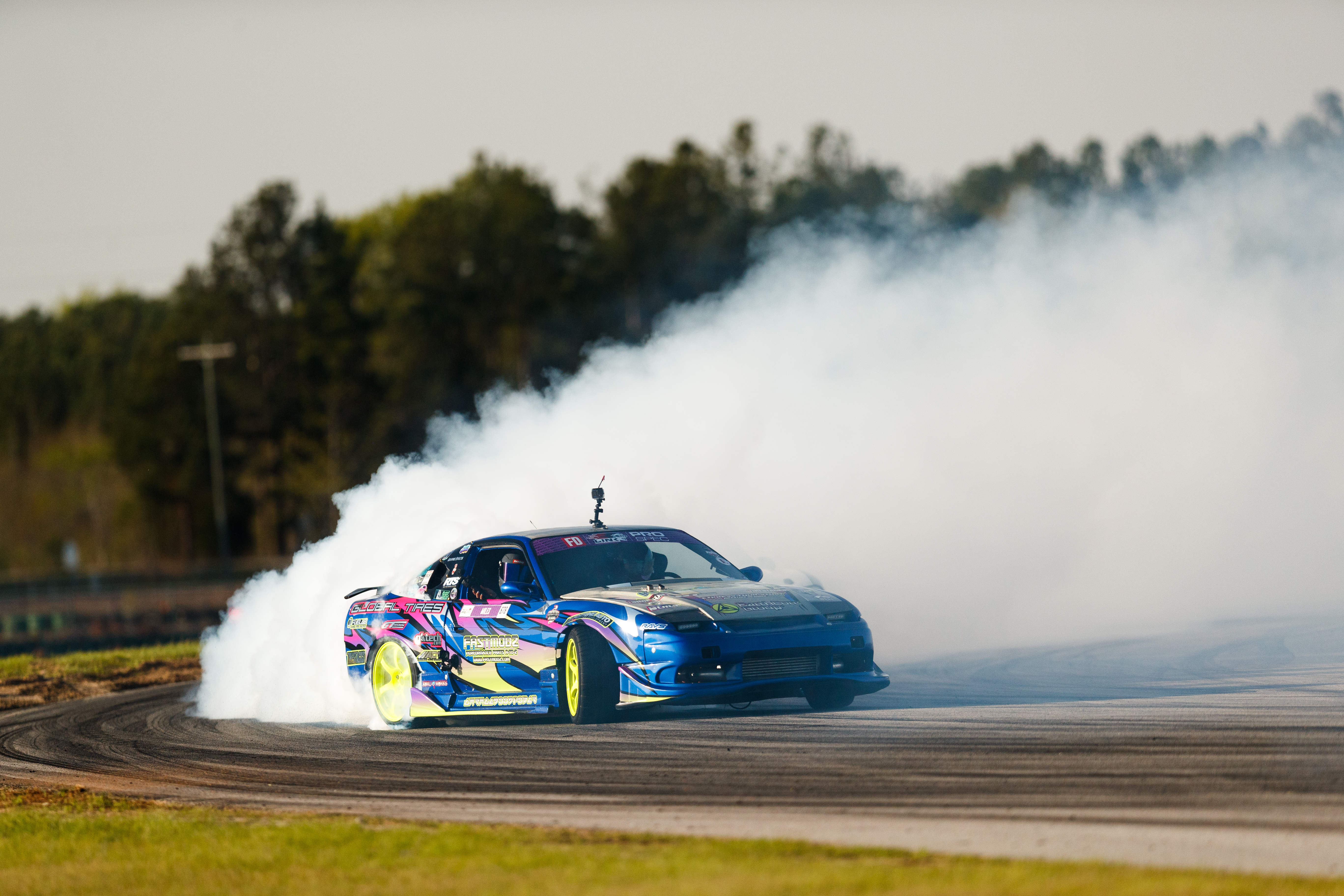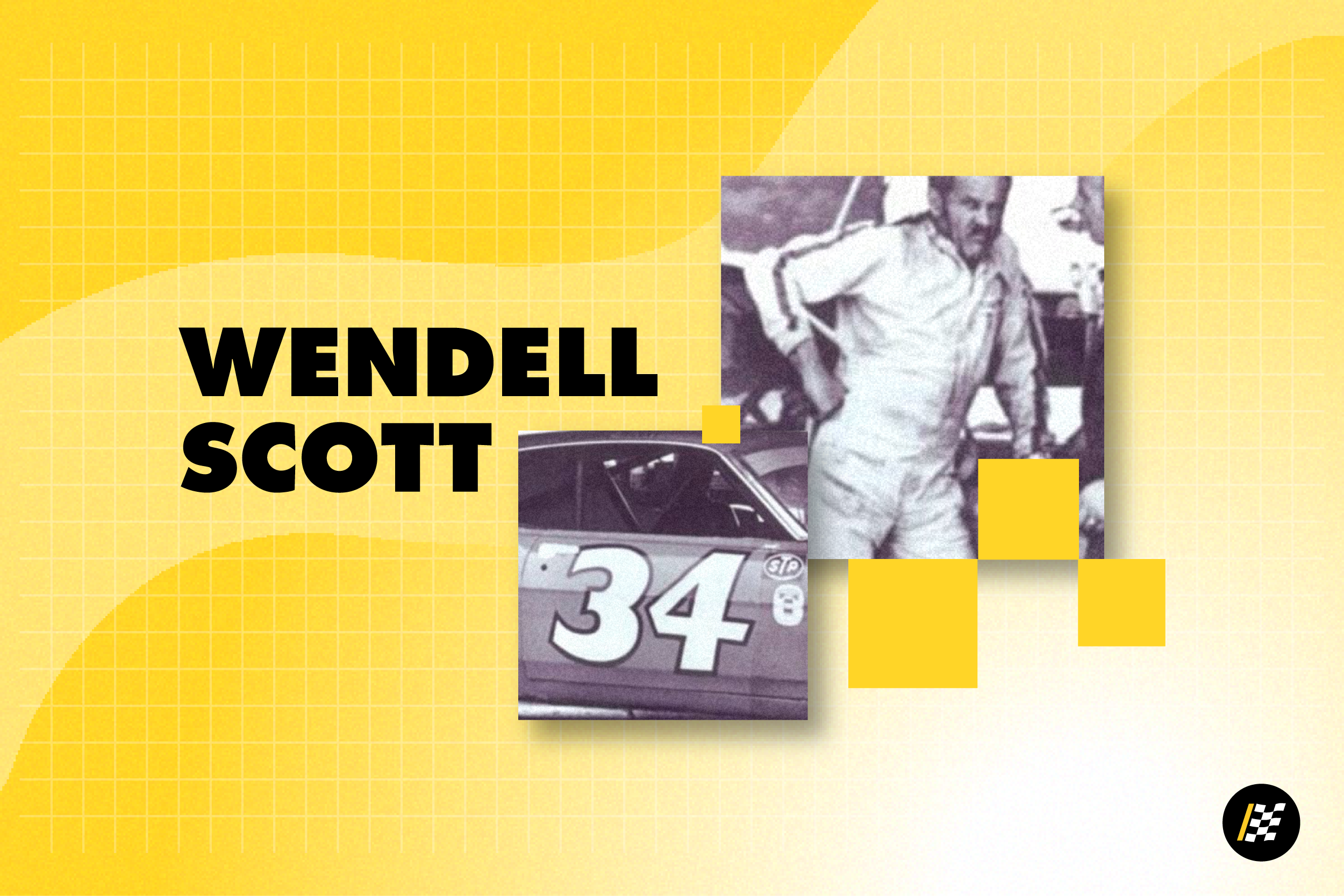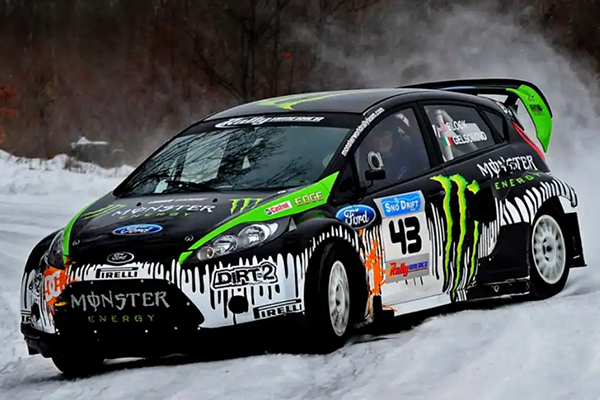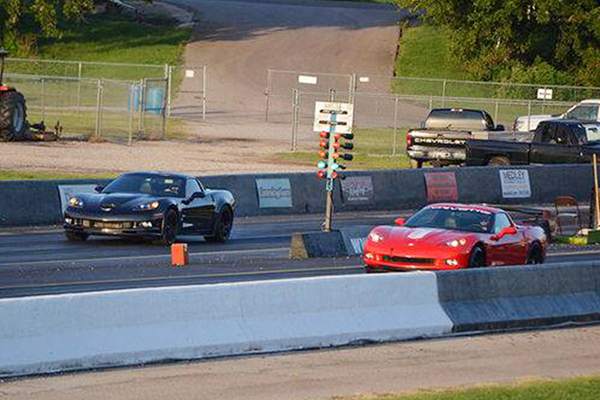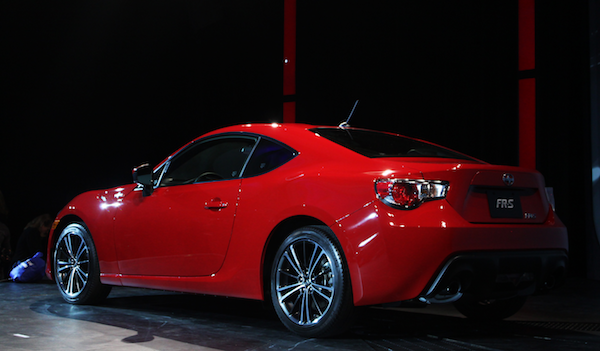It's likely that if you're thinking about getting into drifting, you already have an idea of what's involved. As far as motorsports go, it's one of the most accessible to the everyday driver, and it's a whole lot of fun, too. If the idea of blending style, speed, and sideways actions appeals to you, read on. We're going to explore what it takes to get into drifting and what you need to think about if you want to build or modify your own competitive car.
What is competitive drifting?
You're probably comfortable with what drifting is. In fact, you may be experienced at sliding a rear-wheel-drive car. But competing against others takes it to a whole new level. There are a number of types of competitive drifting out there. At the top level, you've got Formula Drift, which has drivers qualify by scoring points during a solo run, then puts them head-to-head in a tandem run that sees them trying to out-style one another.
Other drift series also give points for style but may be judged slightly differently from one another. Typically, though, judges are giving points on your line, drift time, being able to overtake another car, increasing your lead during a drift, and, of course, the amount of smoke coming from your rear tires.
Some drift events are simple showcases of what teams and drivers can do. You can usually find these alongside other motorsports to wow spectators between races. A good example of this showcase style is the Gridlife Drift series.
What car do I need?
The joy of drifting is that it's open to almost any car, as long as it's rear-wheel drive. Even four-wheel-drive cars are eligible if they've been converted. At the top end you'll see the likes of the Nissan 370Z, Toyota 86, BMW E46, Ford Mustang and Mazda MX-5. But the best place to start is with a cheap rear-wheel-drive car, which you can always upgrade later on.
Rathyna Gomer, series director of The Drift League and a drifter herself, urges anyone new to drifting to keep it simple. She says: “Get a RWD car, weld the diff, and drive as much as possible. Anything beyond that is unnecessary while learning the basics."
Start with something like an MX-5 or a low-cost BMW while you learn. The pricier Nissans and Toyotas can wait until you've got a little seat time under your belt.
Where can I practice?
Many tracks hold drift days where you can have some non-competitive sideways fun and meet people involved in the sport. Not only is this a great way to hone your skills but you'll be able to find out more about how to get onto the competitive drifting ladder.
Seat time is really important when you start out. James Moore, who drifts a '98 Nissan S14, explains: “I spent far too long building a car that looked great, sounded awesome and got everyone's attention. At the same time, there was a guy with a much simpler car running circles around everyone else because he was the one who spent the most amount of time on track."
If you're just starting out, focus on practicing as much as you can. Your local circuit or drift club should help you to get started. You can take a look at Motorsportreg.com to find local events.
Gomer echoes this: “It took me over a year to actually start drifting in front of people because I was worried about what others would think — this was about 10 years ago now. At the time, I overbuilt a car for my skill level, too. Don't overthink it, just dive in!"
What modifications can I make to my car?
One of the exciting parts of drifting is working on the most powerful, exciting vehicle you can. Whatever your skill under the hood of a car, though, it's worth starting as simply as possible while you build your skill behind the wheel. Gomer says: “As you get more seat time, invest in some suspension, but don't add power until you can hang with the good drivers at a track day."
If you are desperate to tweak your car, remember that it doesn't always pay to spend a ton of money. Moore says: “People come into drifting seeing the fancy cars, loud liveries and louder engines. They end up with this misconception that they also have to spend that money to get somewhere. But, in reality, it's totally the opposite. Start with simple changes such as a hydraulic handbrake, suspension and simple lock mods. This gives any novice drifter the perfect base to learn."
Alec Robbins is a professional drifter who has climbed the ladder to Formula Drift. He understands how vital mechanical skills are when you're getting started, he says: “Teach yourself to weld and wrench on your car. It will help immensely later on! Drifting is hard on cars and if you can't do the work yourself you may need a pretty deep wallet."
There are a number of things you'd need to consider when you go drifting. First off, you'll be spending regularly on tires. Even on scrap tires, you could be spending $120 per event. Lower horsepower cars will have lower tire costs. You also need to take gas into the equation, too. As with any motorsport, other consumables such as brake pads and rotors, as well as spark plugs will also need replacing periodically.
As for common maintenance and repairs, look out for bent or damaged rims, damaged tie rods and steering arms, and failing suspension components. A good rule of thumb is that you should be ready to replace any component on your drift car after an event, even if you don't crash.
How do I start competing?
The drift ladder is pretty straightforward. Beyond local events, you get regional pro-am shoot-outs that fall under the Formula Drift banner. These once were fully-fledged championships, but some have evolved into single events that allow drifters to prove themselves to get a Pro2 license. This then allows you to start competing in the Prospec championship, which is a professional series with tighter regulations.
After you've tried track days, it'll be the local competitions and pro-am championships that will have the most pull. Do your research and speak to people already involved as they'll be able to help you work out where you want to go next. Robbins says: “Show up, learn the car and meet some people. From there the path will kind of lay itself!"
If you're keen to get started in drifting, go along to some meets and track days. It's a friendly community that will help you learn the ropes and give you some guidance on getting your first car. Building or modifying any kind of competitive car can quickly turn into a wonderful hobby but remember to start simple — only add power when you know you can handle it on the track.
Have you considered getting into drifting? Let us know in the comments.
